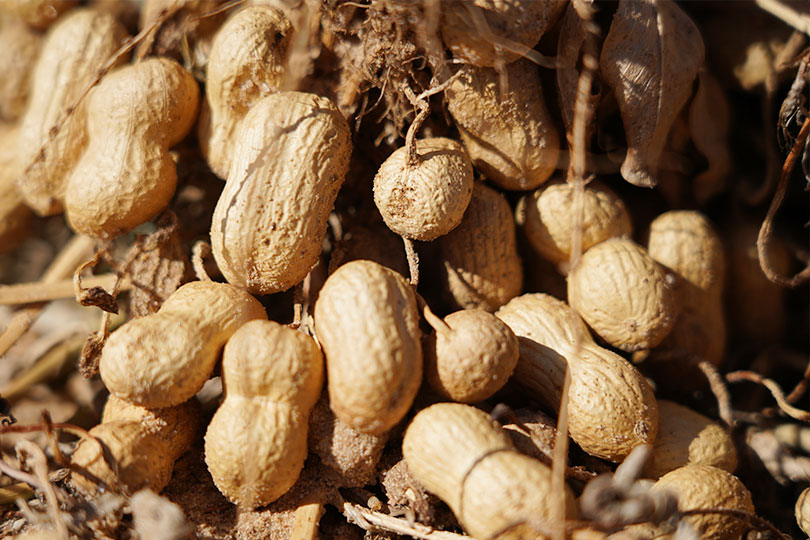By Jennifer Whitlock
Field Editor
It was a good year for American peanut farmers, both in the field and on grocery store shelves.
During an American Peanut Council webinar, President and CEO of the National Peanut Board Bob Parker said the 2021 peanut crop was the best quality he’s seen in more than 40 years.
Shellers and handlers reported low aflatoxin levels, which Parker noted indicates a very high-quality crop overall.
And he said consumer demand has hit a record high.
“Last year, we set the record at 7.6 pounds per capita in the United States. And this year, we actually built on that, 7.9 pounds per capita, an all-time record,” he said. “We continue to see steady growth in consumption in the United States. We were at 6.8 pounds per capita in 2012.”
Peanut butter remains the top edible use of peanuts, with about 56% of all peanuts consumed in the U.S. eaten in this form. Peanut snacks, peanut candy and in-shell peanuts made up the bulk of the remaining consumption.
Although it was a decent crop production year, Parker said he doesn’t agree with the U.S. Department of Agriculture’s (USDA’s) National Agricultural Statistics Service 2021 yield estimates.
In October, USDA estimated U.S. peanut farmers would produce about 3.146 million short tons of peanuts, up slightly from last year’s 3.108 million short tons. Yields were forecast by USDA to be about 4,100 pounds per acre.
“I think the crop will be more in the range of 3 million tons, because I think the yield will be more in line with last year’s yield of 3,800 pounds. We had a lot of rain. Rain makes grain, as we always say,” Parker said. “But we had some harvest issues early on because of excessive rains. When farmers can’t get the peanuts out of the field, they stay in the field too long either before plowing or after they’re plowed. That will have an impact on overall yield.”
In West Texas, Vice Chair of Texas Peanut Producers Jeff Roper said his 2021 peanut crop quality and yields were much better than in 2020.
West Texas peanut farmers did have to spray fungicides after excessive rainfall hit the area. The combination of rain and temperatures caused some light disease pressure, according to Roper.
Crop yields were affected more than quality, but he remained optimistic about the crop’s overall performance.
“Last year, we had some worms that came in and started eating flowers on the plant that caused some problems on yields. This year we didn’t have that problem,” he said. “The real main pest issue early really wasn’t on peanuts. It was more on cotton. It was grasshoppers. There were unbelievable numbers of grasshoppers coming out of pastures. They would just mow down the cotton plants. It didn’t really affect the peanuts too much.”

